What Types Of Animals Are In Japan
In Japan, where nature is abundant at every turn, wildlife is merely one of many treasures subconscious among the lush forests, rugged mountains, and breezy seaside. As the seasons change, then do the animals and a wide variety of pocket-sized animals, birds, and big mammals are proud to telephone call this country home. This article will cast a spotlight on the many majestic animals of Nippon and the stunning habitats that they reside.
i. Reddish-crowned Crane
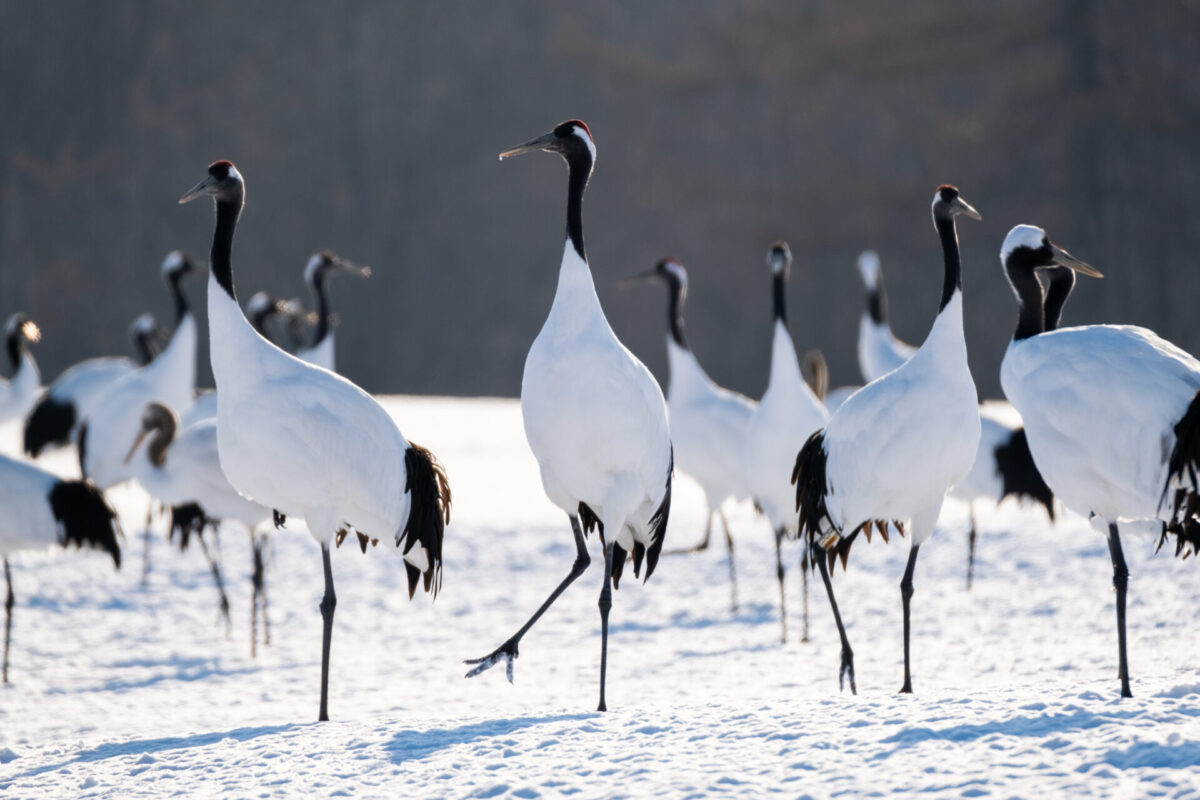
Of the seven species of crane that are found in Japan, this large white bird is the merely 1 to have known to breed hither in the spring. As one of the largest birds in Japan, the red-crowned crane reaches a maximum pinnacle of over 140 cm and a wingspan of 240 cm. They live mainly in eastern Hokkaido and are rarely seen in Honshu. Information technology is designated equally a special natural monument and an endangered species by the regime, and conservation efforts have been ongoing for many years through the hard work and passion of the local people. The red-crowned crane is dearest by many Japanese people because of its elegant and graceful form and information technology has go a symbol of Japanese civilisation. As a result, the cerise-crowned crane has been made the logo of Nihon Airlines, the national air carrier of Japan.
2. Brownish and Black Bears
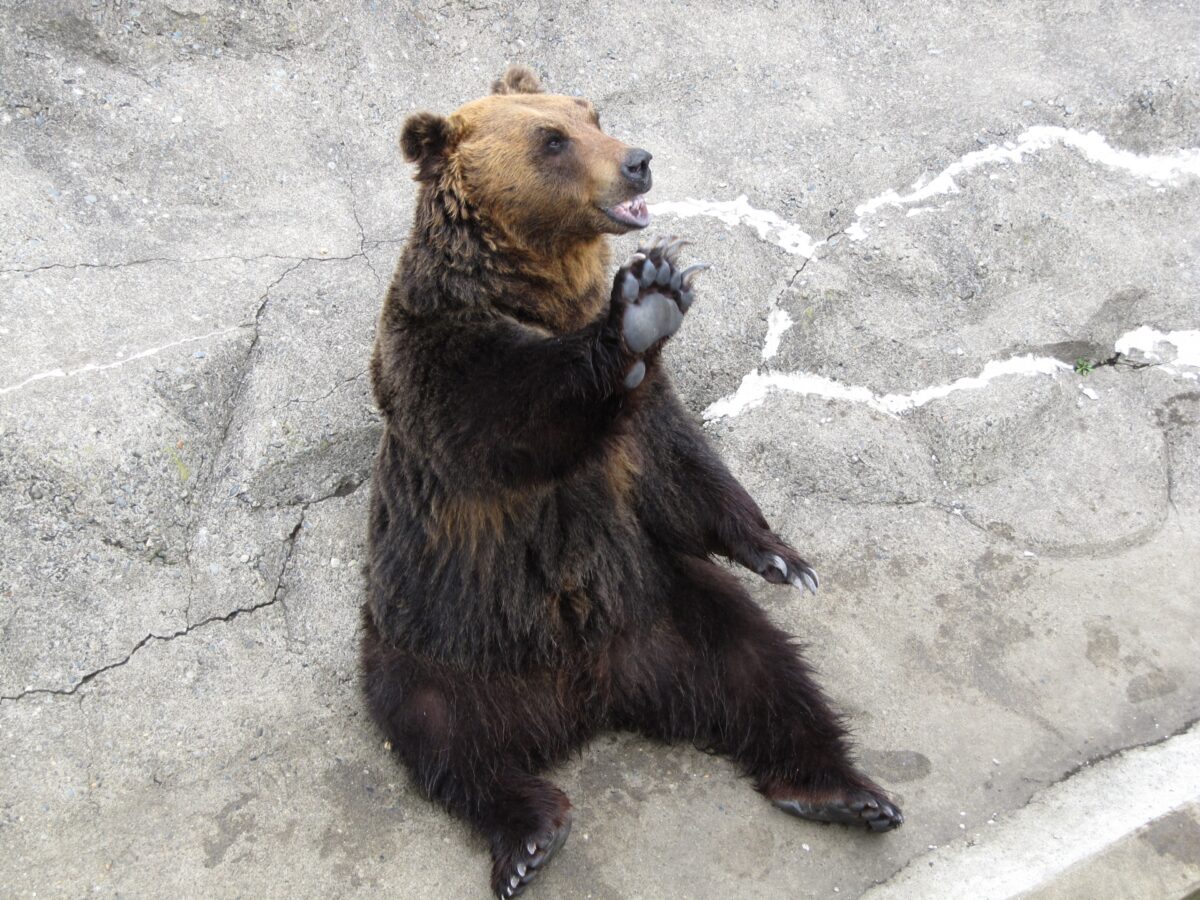
Brown bears and blackness bears are both found throughout Japan and are some of the largest animals constitute in the land. Brownish bears are the larger of the 2 and are establish only in Hokkaido. An omnivorous fauna, their diet consists by and large of foods such equally ants, nuts, salmon, and other smaller animals like deer. They can reach a acme of 2 meters and a weight of 300 kilograms. If you see a brown bear in Hokkaido, do not arroyo they have been known to attack humans when threatened.
The other type of bear, the blackness bear, lives in the mountains and forests of Honshu and Shikoku. Like brown bears, they are omnivorous, but they tend to adopt a rich diet of generally plants and berries. In the fall, they get fat off of large amounts of acorns and so hibernate during the wintertime (generally from December to April). In terms of color, they are dark blackness with a white moon band pattern on their breast and can reach a length of 100-150 cm and a weight of forty-120 kg. Like brown bears, in that location have been cases in which they set on people when threatened and then best to avoid them in the wild birthday.
three. Foxes
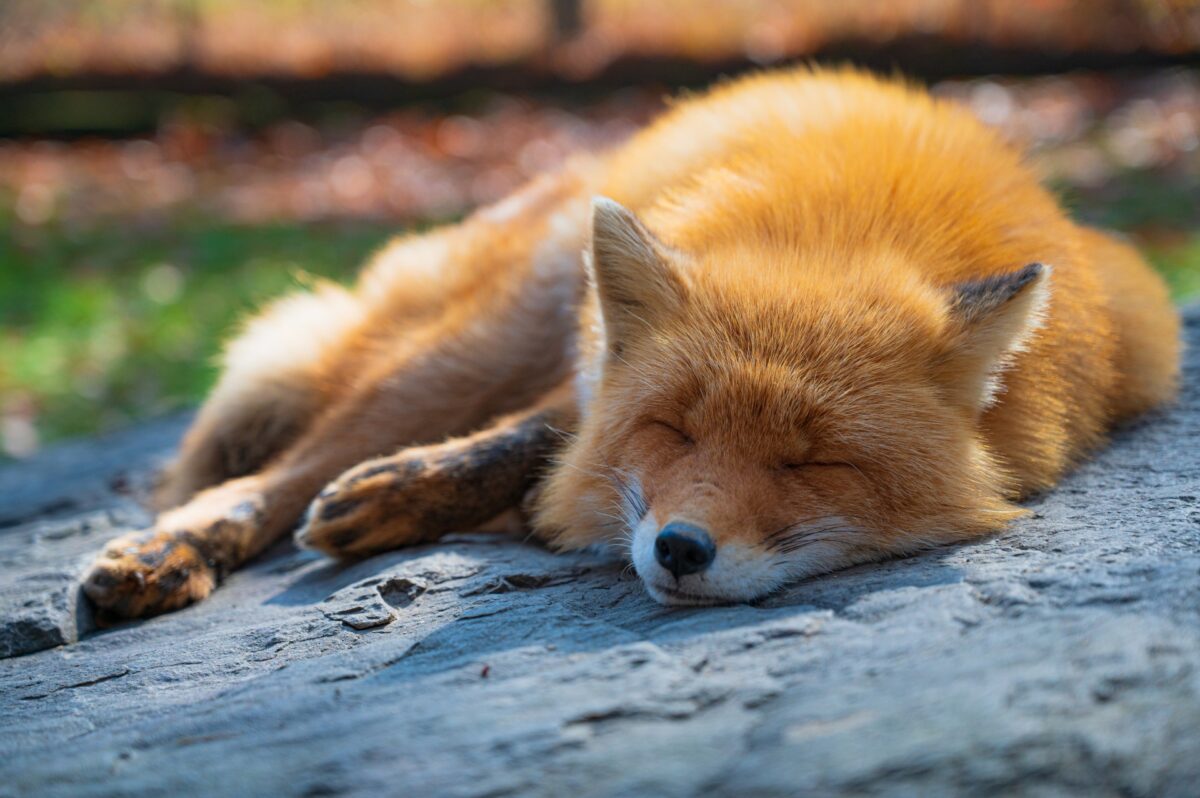
Foxes are widely distributed in Nippon, mainly inhabiting forests and rural mountains throughout the country. At that place are two types of foxes in Nippon, the Hokkaido fox, and the Japanese red fox. They typically eat small mammals and insects and are known to live alone rather than in big groups. In Japan, due to the influence of ancient Chinese culture, the play a trick on has been regarded every bit a wise creature and is considered sacred. Since they practice not hibernate, you may see fox footprints on the track when you become out to the snowy mountains. With their fluffy bodies and cute circular eyes, foxes are widely adored as well every bit revered for their cultural significance.
iv. Tanuki
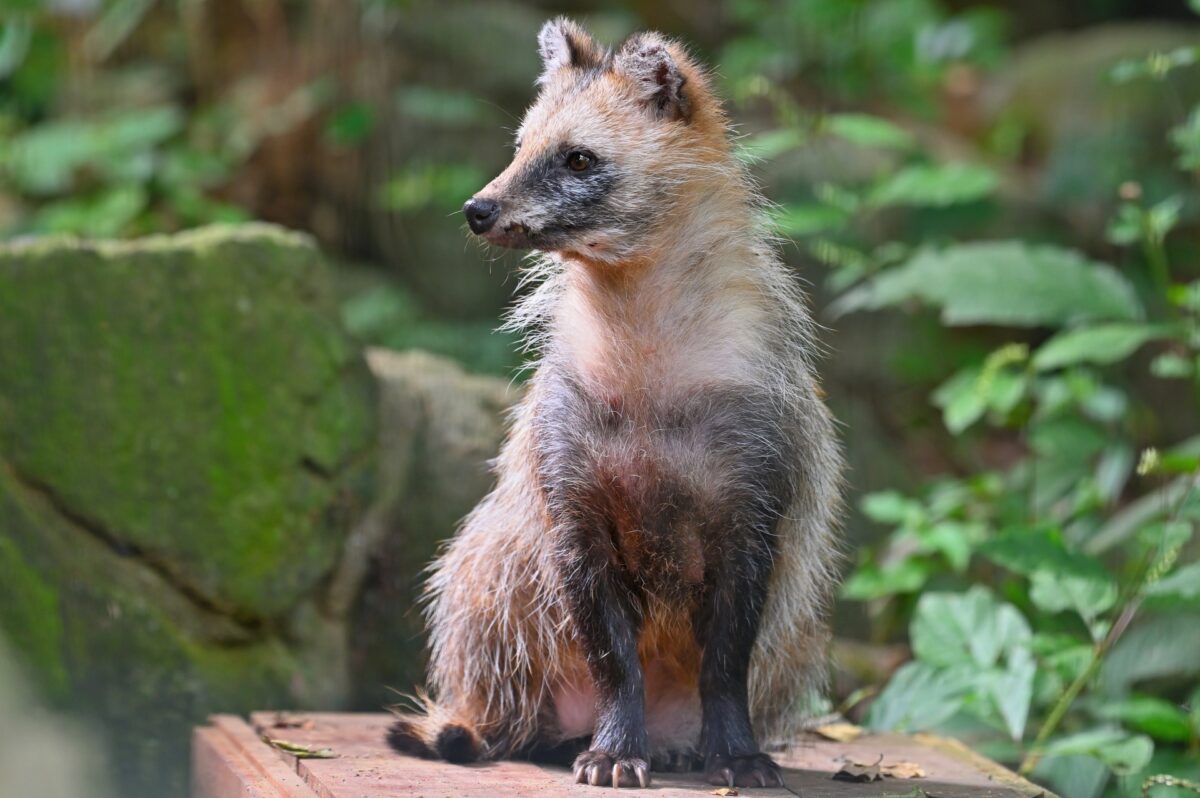
Tanuki, aka "Japanese raccoons", are known to exist an animal that often appears in Japanese sociology. Tanuki are around 70~80 cm long and counterbalance somewhere between 3~6 kg. They typically live in mountain villages and other rural areas, however, are known to stray into urban suburbs all over Japan from fourth dimension to time. In recent years, as people further develop and buildup cities on what were once beautiful forests, the consequence of tanuki causing impairment and inbound individual homes in search of food has been evergrowing. Despite peoples' best efforts to keep them out, they are a very dexterous brute and are able to climb trees and fences, and are even known to be able to swim.
five. Shika Deer
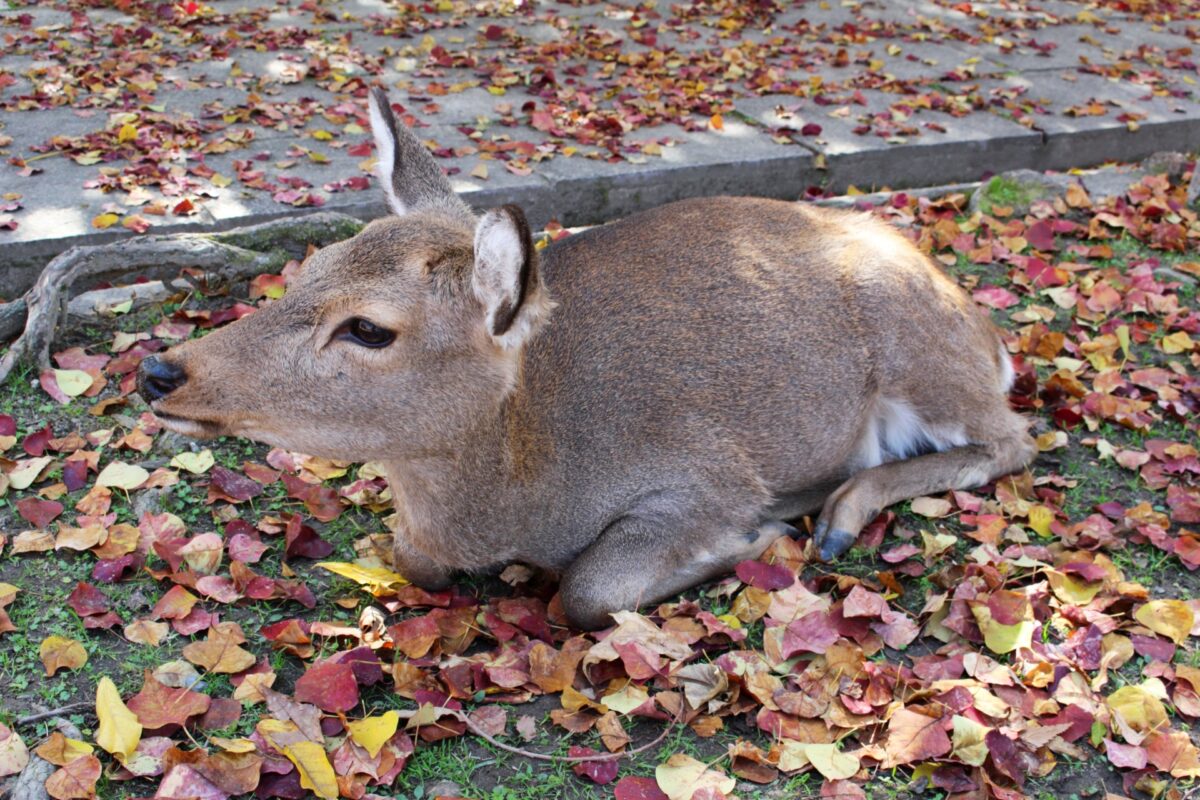
Deer are were once known to live all over Japan, even so today they are mostly constitute in mountainous villages. In Japan, venison is rarely eaten, however recently the population of deer in Japan has been increasing and then in response, there has been a rise in Japanese restaurants serving venison to combat overpopulation. If you desire to run into the deer upward shut, you should visit Nara prefecture! There are deer living all over the city, and since they are used to humans, they are very friendly and non afraid to come right upward to you!
6. Snow Monkeys
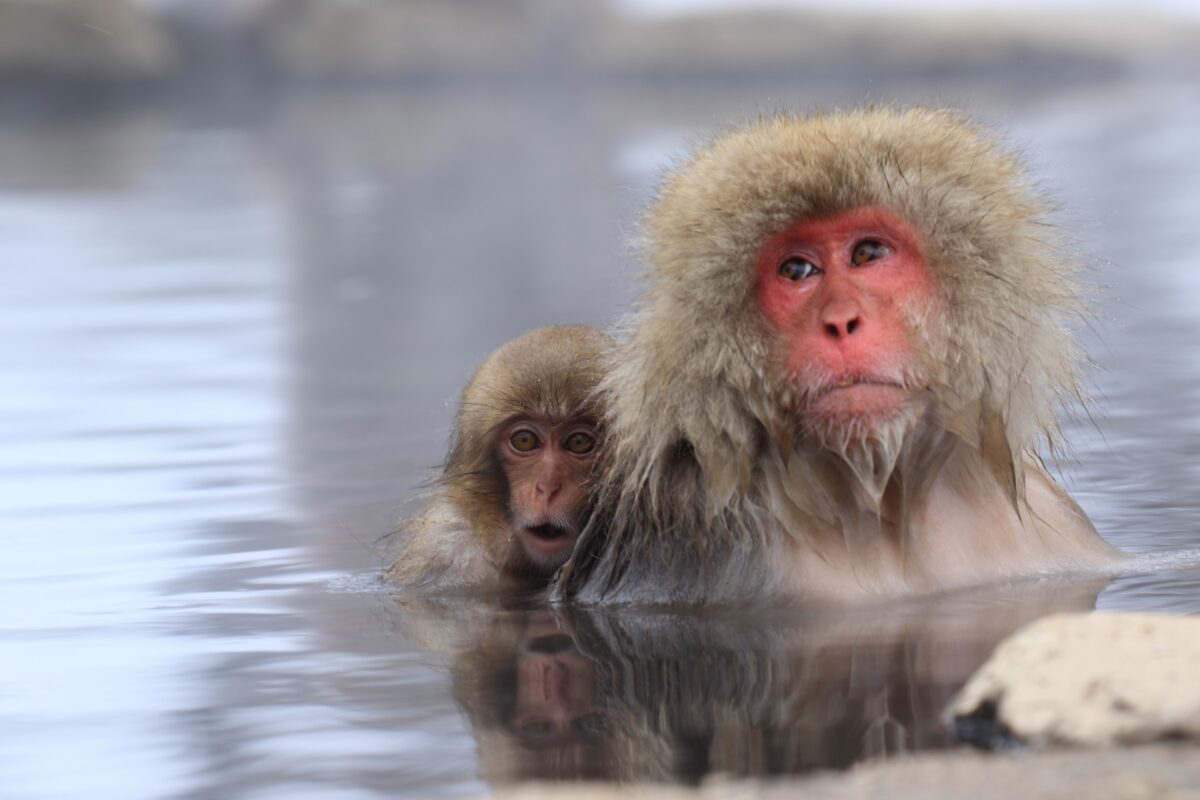
Japanese snowfall monkeys can be found in Honshu, Shikoku, and Kyushu, with the exclusion of Hokkaido, and live in evergreen broad-leaved forests and deciduous wide-leaved forests. They mainly eat fruits, leaves, flowers, seeds, mushrooms, as well as eggs and insects. Their v senses such as smell, sight, and hearing are said to be almost the same as those of humans, and they are considered to be very intelligent animals. Incidentally, at the Jigokudani Yaen-koen in Nagano Prefecture, y'all can run across wild monkeys soaking in hot springs. The sight of monkeys relaxing in a hot spring is a heartwarming sight, even for Japanese who love hot springs!
Official website: Jigokutani Yaen-Koen
7. Manta rays
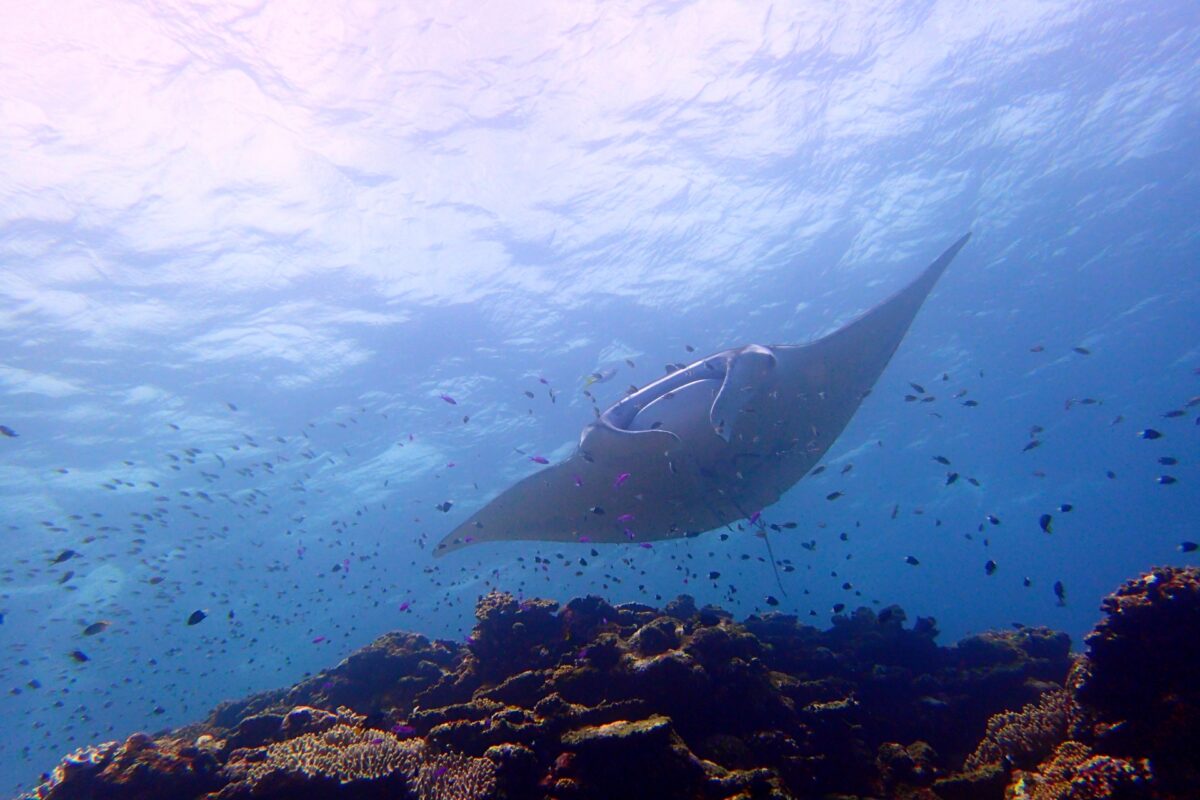
At present, let's dive into Japanese marine life! The Japanese ocean is a paradise for fish, and there are so many different types of sea critters that call the Japanese waters home. Manta rays are i of the world's largest stingray species, with some of the largest reaching half-dozen~7 meters in width and many divers long to run into them in the ocean. They eat mainly plankton such as krill and scoop up vast amounts with their mouths wide open up. In Japan, Ishigaki Island is famous for its high population of manta rays. The sight of manta rays swimming leisurely in the sea is very impressive and makes for an unforgettable feel.
8. Whales
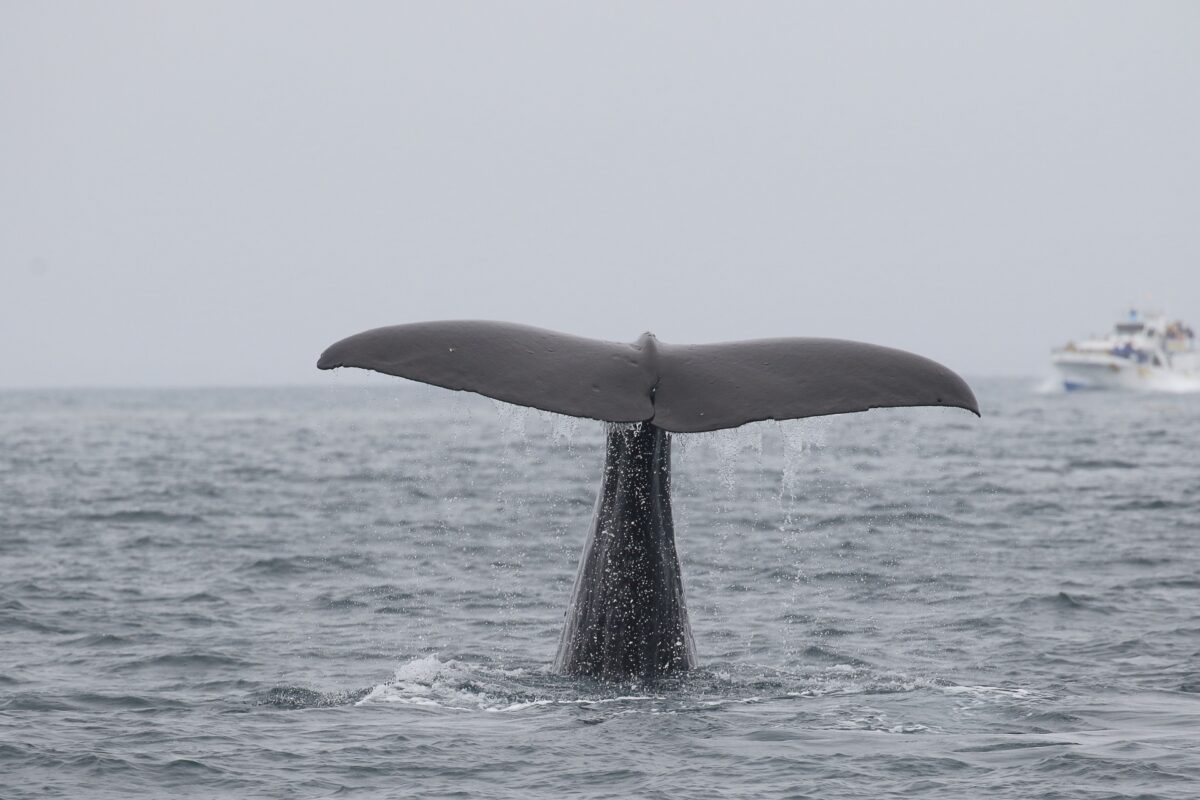
Depending on the time of year, you can see a number of dissimilar whale species pond off the coast of Nihon. On the Shiretoko Peninsula in Hokkaido, humpback whales and minke whales can exist seen swimming majestically across the sea from May to October. If you are lucky, you can likewise run into killer whales and dolphins swimming effectually. Hokkaido is not the only identify in Japan that offers whale-watching prowl tours, and so don't miss other cities such as those in the south!
ix. Hornets
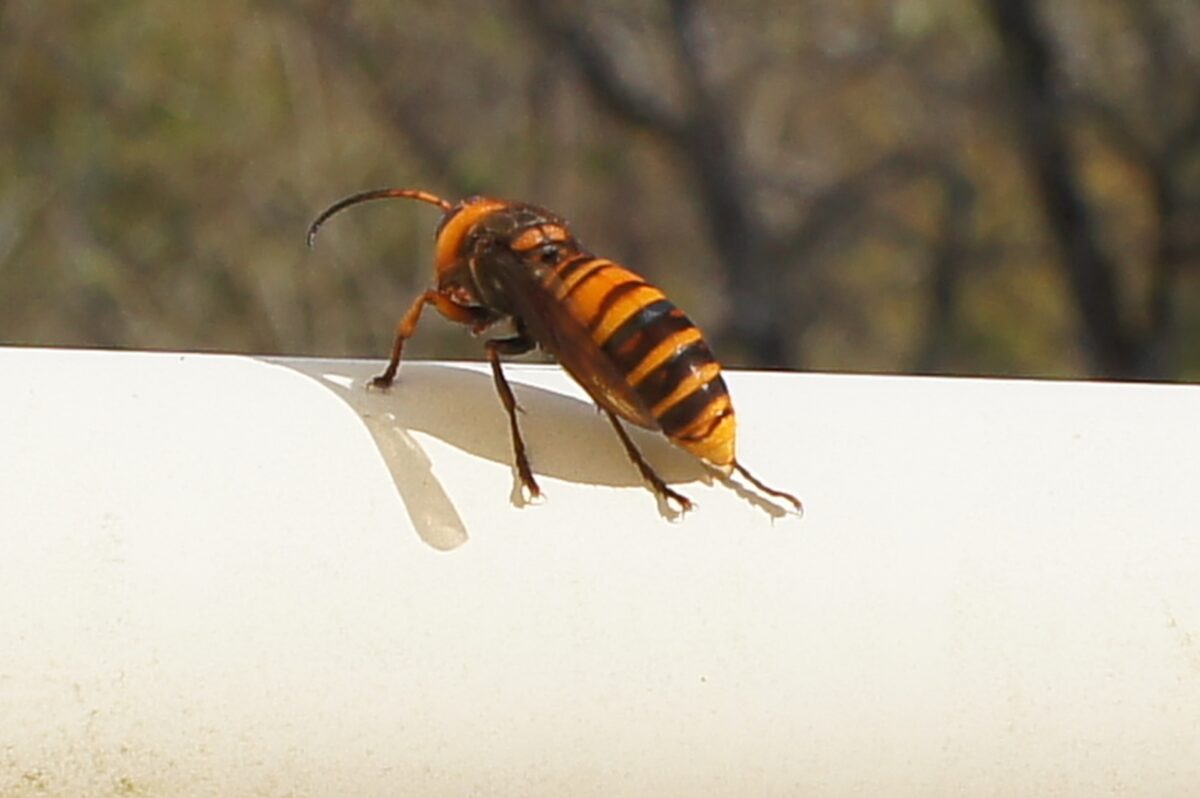
One of the nigh dangerous creatures living in Japan is the Asian giant hornet. They can be constitute all over Japan, from Hokkaido in the north to Okinawa in the south, and live everywhere from urban areas to mountainous regions. Hornets frequently build their nests under the roof of houses, and their nests can reach sixty~80 cm in size. If you come across a hornet nest, do not approach information technology. The sting from the poisonous stinger on their buttocks is extremely painful and in some cases can even lead to death!
x. Mamushi Viper
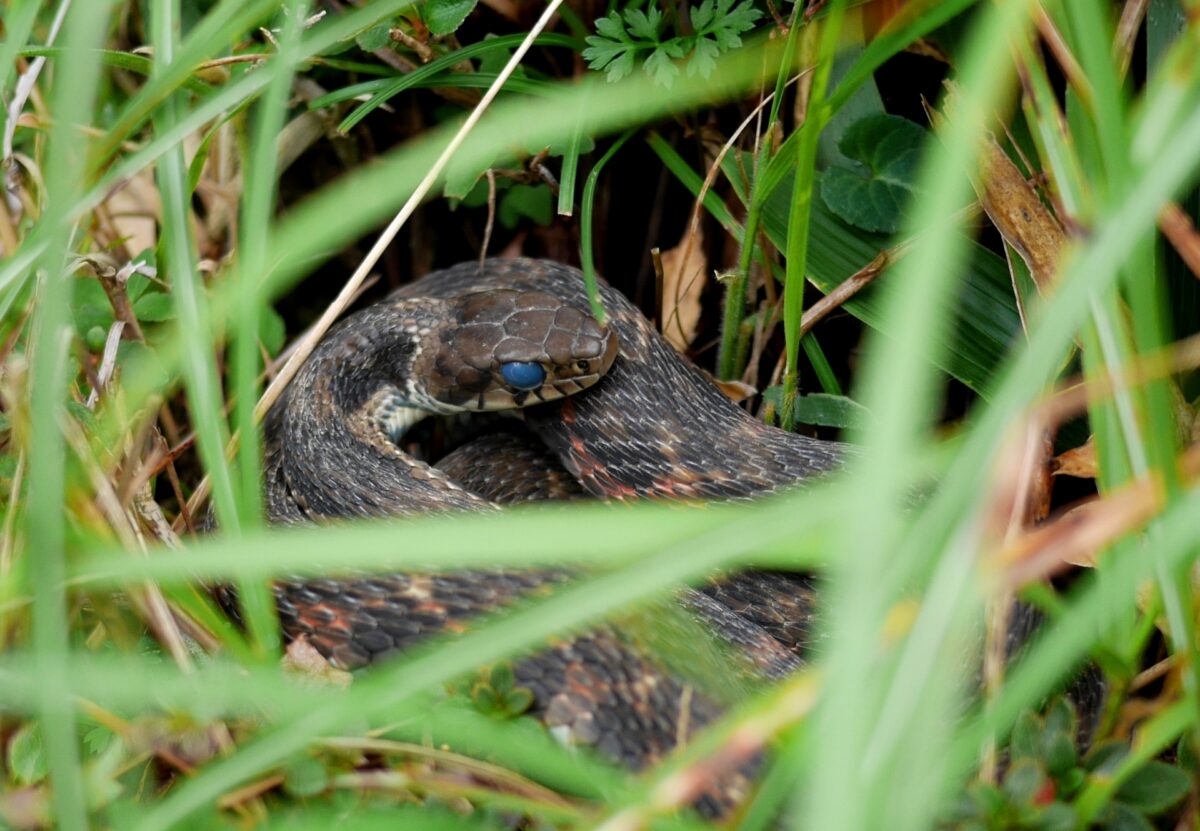
The mamushi is a venomous snake nigh 50~60 cm in length and is found all over Japan except for the Ryukyu Islands. They are very aggressive and yous must not approach them. If you lot are bitten by a mamushi, contact a hospital for immediate treatment as their venom if left untreated can prove to be mortiferous. When walking nearly h2o where Mamushi snakes are likely to exist found, it is recommended to wear sturdy shoes such as boots.
What did you think of this list of 10 animals unique to Japan? Did yous have a favorite? In Japan, animal preservation laws are incredibly strict and and so if you exercise meet any of these in the wild, it'southward best just to admire them from distant and stay clear of any potential danger. In improver to the 10 species listed to a higher place, there are many other wild animals that live in Japan. Some animals can only be seen in certain places, during sure periods, and at certain times of the day. Why don't you lot go effectually Japan and encounter a variety of cute wild animals? Who knows, you might just observe your new favorite animate being here in Japan!
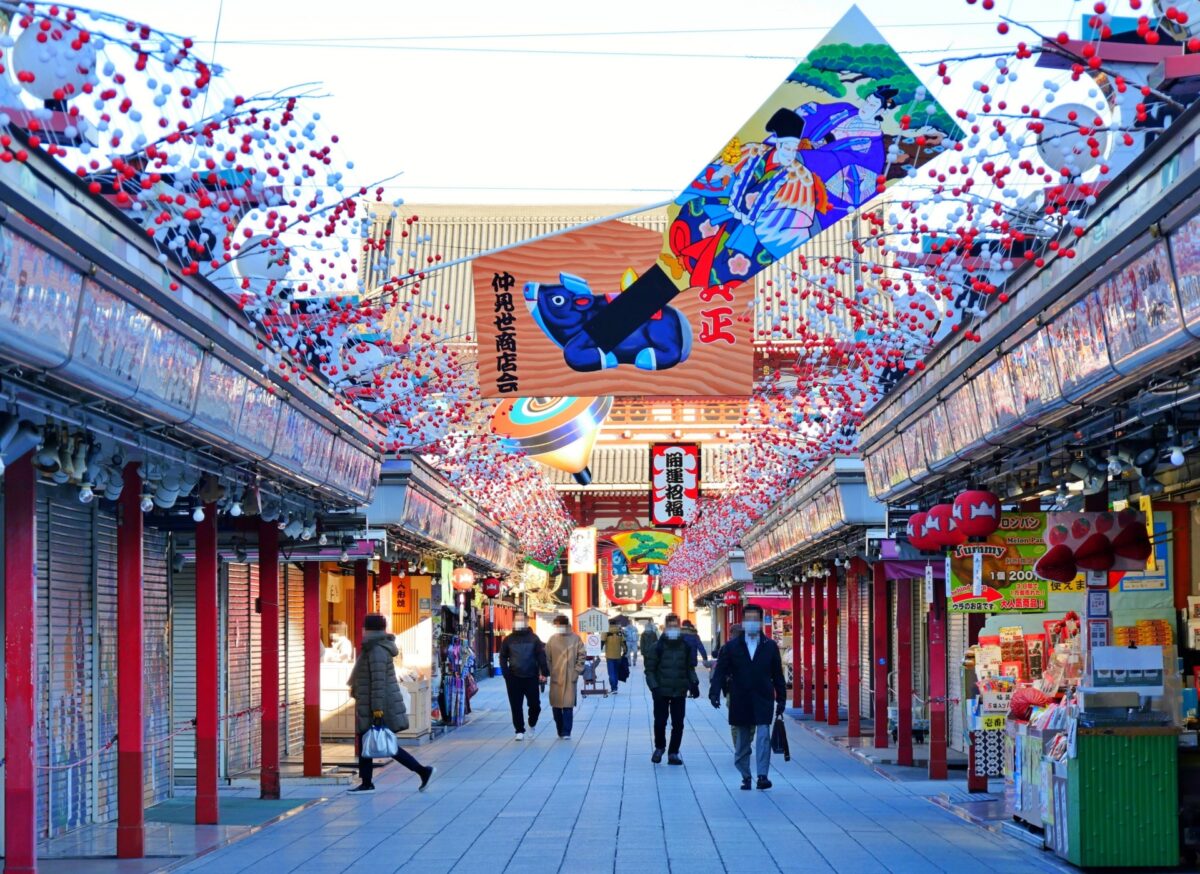
Don't forget to check out our private tours!
Planning a trip to a strange country alone is never like shooting fish in a barrel! If you lot need some help to organize your trip to Japan and want to see Japan like a local, you should definitely check out our individual tours complete with an English guide! We're glad to assist you make your trip to Nihon a safe, comfortable, and unforgettable memory!
i. Tokyo Private Tour [Customized, vii Hours]
Visit the must-visit highlights in Tokyo with our friendly guide! This bout is flexible and destinations are completely customizable according to your requests.
two. Kyoto Private Full-Solar day Walking Bout [Customizable]
Kyoto is a beautiful city full of historic temples and shrines. Information technology is as well a perfect spot for enjoying the incredible autumn colors in fall!
Other articles you might be interested in

Writer's profile
Mao Goto is a Japanese freelancer who was built-in in Hayama, Kanagawa prefecture and raised in Tokyo. Since 2016 she lives in the Taito Ward, home to a lot of Japanese culture hotspots such as Asakusa, Akihabara, and Ueno. She has been interested in the field of English educational activity of Nihon and got her Master'southward degree in March, 2020. A lover of photography, travel, sweets, and cross-stitch. Contact her via Facebook.
This postal service may contain some affiliate links. When you click through and make a buy we may receive some commission, at no extra costs to you.
Source: https://blog.japanwondertravel.com/wild-animals-in-japan-31985
Posted by: oharafeelitere.blogspot.com

0 Response to "What Types Of Animals Are In Japan"
Post a Comment